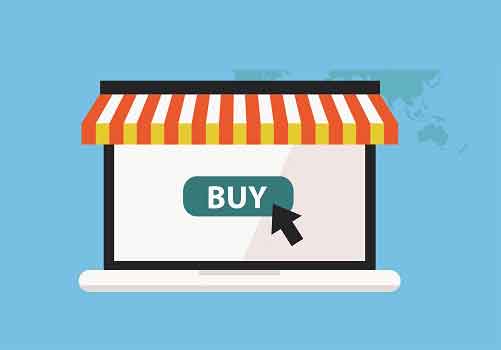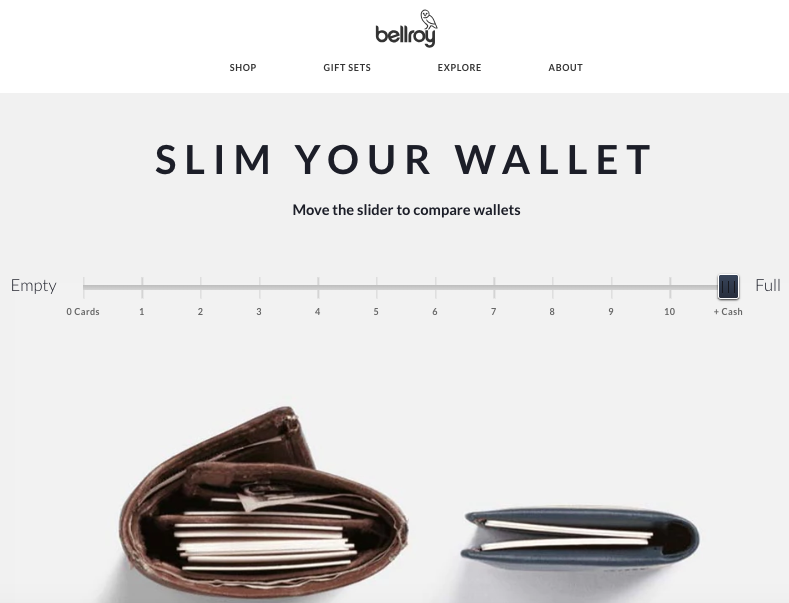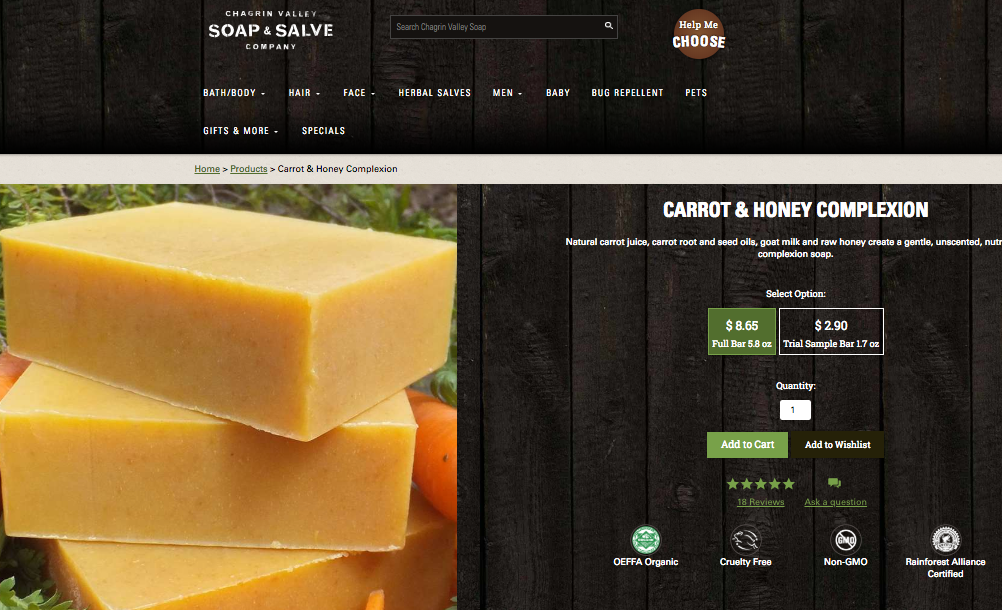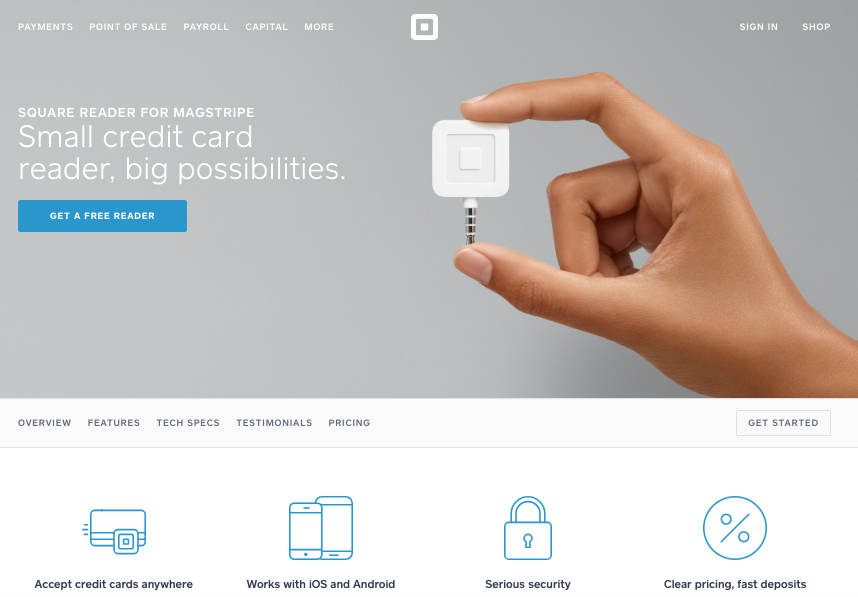How to Optimize a Product Page
First, you need to understand the essential elements that make up a product page
It’s likely that product pages are a part of your website. You might have an e-commerce website, or you simply offer a single product or service. Even if you’re not selling anything, but just generating leads, practices you’ll find in this article could be helpful for optimizing the landing page as well.

It’s likely that product pages are a part of your website. You might have an e-commerce website, or you simply offer a single product or service. Even if you’re not selling anything, but just generating leads, practices you’ll find in this article could be helpful for optimizing the landing page as well.
First, you need to understand the essential elements that make up a product page.



Three elements of a product page
Product – The focus of your page will be your product. You’ll need to provide information about this product, and you’ll also need images to accompany it. You could also have a video, as an additional format to engage your visitors and provide product demonstrations, tutorials, reviews, etc. Branding – Branding should be incorporated into the product page as well. You’ll do this by adding your company logo, your business name, and designing the page to match your brand philosophy in general. Copywriting – To sell more and to truly engage your visitors, you’ll need a page that will help you achieve these goals. Providing the product name and brief description is the first step. This section provides details about your products, benefits the customers can obtain and how your product is different from similar alternatives. And have in mind, alternatives always exist. But your copy should persuade your target group that choosing your product is the best decision for them to make. When you have a large e-commerce website with hundreds or even thousands of products you sell, you’re most likely to have concise product pages. You’ll provide product name, a brief description and necessary information (usually related to item sizes, colors, variations, etc.). In this article, we’ll focus on optimization of a comprehensive product page which usually provides more details for the customers and includes a sales copy.Optimization of a product page
You’ll start by analyzing and optimizing each section of the product page:Navigation
The customers should always know where they are. So, provide clear navigation that shows them the location on the site they’re currently browsing. You’ll also need links to the relevant pages. Those are usually links to the homepage, category page, or other related product pages. Try to keep page URLs descriptive, to make sure they are both user and SEO friendly. Ideally, the product name should be a part of the URL. Still, it’s recommended to leave out stop words, even though they are a part of the product name. Also, avoid using funky characters in the URL. To find out more about URL structuring here’s a helpful resource: 15 SEO Best Practices for Structuring URLs.Product title
Product title is the most prominent part of the page. Therefore, take your time with designing the title. It shouldn’t be too long, but if it’s too short, this could be a problem as well. Balance until you find the right length. Keep the words that provide relevant info and represent a descriptive title. Remove any extra words or details that are better suited for the description. Also, think about SEO because this will influence the performance of the page as well. It’s a general SEO recommendation to try to use a keyword (or keyword phrase) in the title.Product description
Many online stores and businesses that have products to sell often underestimate the value of high-quality description. Product description represents the essential information about the product. You want to deliver this message to your potential customers. You want to convey this message so that they can relate to it, understand it and find it trustworthy. Here are the essential things to have in mind when optimizing a product page:Keywords are an essential part of a product page
Despite the fact that your content should primarily be designed for online users, you still want and need search engines to index this page. Hence, you need to think about the usage of keywords. Keywords are used to communicate with the search engines (you can learn more about Search Engine Marketing here). Search engines use keywords to determine what the content is about. As a result, they can index and store new content in the appropriate category. Keywords should be a part of your title, meta description, and page content.Avoid generic and ready-made product description
Often, you’ll sell products produced by a particular manufacturer, rather than your own products. Manufacturers tend to provide ready-made descriptions and product details. They do this to provide more information about the product. They don’t necessarily want this text used as a product page. However, many online retailers simply copy this ready-made product description. This leads to two problems. Firstly, it’s likely that you’ll end up with a duplicate content issue. This means that search engine will mark your content page as a duplicate. It may lead to penalties and difficulties to position such a page in the search results. The second issue you’re likely to come across is losing trust. The text manufacturers provide is usually technical. In most cases, it’s not written by a salesperson. Your customers will recognize this and won’t be able to relate to it successfully. Even though they might find out relevant information, you aren’t likely to persuade them to buy with a general product description. This is where you’ll need the magic of a sales expert. You’ll need to deeply understand your audience and the product you’re selling to be able to create a description that will really encourage them to buy. You’ll need a story, a unique perspective, and something that will differentiate your product page from similar product pages. You mustn’t underestimate the power of words in the process of converting online users.Anticipate questions
Potential customers will have a lot of questions about your products. Some will be pretty obvious, like the product size, or similar specifications. Some will be interested in analyzing the benefits they get with this purchase. There’ll be those interested in the shipping process and how soon they can get access to the product. A successful product page, i.e, the one that converts well, is the one that answers all the questions the users might be asking. The concept through which you’ll answer these questions isn’t mandatory. Sometimes you’ll incorporate all the necessary information in the actual page copy. Other times, it might be more convenient to have an FAQ section. You can even include a video demonstration on your product page where you could answer some of the popular questions. Regardless of the method you go for, always try to anticipate and answer the user’s questions even before they ask them. After all, you don’t want them doubting their buying decision or finding excuses not to buy.Personal touch to make the page relatable
Nothing converts better than original personal stories. You can choose between two approaches here. First, and perhaps the more common one, is sharing customer testimonials. It’s a pretty effective method known to increase trust. You can add customers’ name, photos, website, etc. You could ask them to provide written feedback or even use audio or video format instead. The second approach is to add your own personal stories that will make this page more relatable. Of course, the stories have to be directly related to your products. You don’t want to stray from the topic. Personal stories can include your own experience, situations that occurred to you, your own impressions, etc. Anything that helps you build trust and promotes the use of your products is a valuable resource.CTA
CTA (call-to-action) is an inseparable part of the product page. It’s a link or a clickable button that takes the users to the checkout page where they complete the buying process. However, it has been concluded that the design and placement of the CTA can affect buying decisions. Think about this when designing your product page. It’s recommended that you test a few versions of the CTA with A/B testing, to find the one that converts best. A few things to have in mind here include:- Text on the button – Buy now, add to cart, order now, let’s do this, I want it.. are all the alternatives used to ask users to do a specific action, i.e. buy.
- Button design – Buttons are highlighted using a specific color to make them more prominent. The green color is often used as some studies show it’s more likely to encourage clicks.
- Button placement – The first button (and perhaps the only one) should be near the top of the page. You want this button to be visible to the users immediately. This way, you instantly encourage them to at least think about buying. If the product page is a long one, it’s recommended to insert the CTA again down the page. Usually, a good position is next to the piece of text that provides more information about the product and is designed to encourage conversions.
Visual content
Along with the product title, visual content is going to be a part of the page that requires optimization. You have to understand that visual content is a proven method to attract the attention of the visitors. However, it needs to be optimized. Unlike written content, search engines aren’t as good in understanding the visual content. SEO practices regarding image optimization include:- Adding images that are relevant to the page content
- Using descriptive file name with relevant keywords
- Paying attention that image dimension match the page size
- Reducing the file size to increase load time
- Using alt text
- Provide video transcript
- Use an engaging title
- Add a relevant and interesting description
- Choose an eye-catching thumbnail
Trust signals
Trust signals can be useful indicators of how secure and trusted your website is. They can help with establishing the relationship, especially with the first-time customers. Here are some commonly used trust signals.- Money back guarantee
- Membership badges
- Trusted payment methods you accept
- Security badges and certification
- Shipping information
- Contact
Examples of well-optimized product pages
Take a look at these examples of powerful product pages. The biggest advantage of this product page is creativity. It’s such an engaging presentation of something quite mundane really. However, visual presentations with an interactive slider, a well-integrated video and multiple images of the product (and its features) in use, is something that will attract the attention of the customers. The company doesn’t focus on the story, but instead, their focus is the visual presentation. And, it’s a pretty successful one. When optimizing such a page, it’s important to optimize all visual elements and to make sure that the page is mobile-friendly. This means that all the elements need to look good on mobile devices as well.
https://bellroy.com/slim-your-wallet
Again, a relatively uninteresting product such as soap presented through a product page full of useful information about the product, its origin, ingredients, use, etc. Product reviews are also part of the page as well as related product sections which help with engagement and creating trust.
https://www.chagrinvalleysoapandsalve.com/p/soap-carrot-honey-complexion/
This modern-looking page promotes a tech product. The clean page design includes the overview of the features customers can relate to. Images accompany each of those features. Unlike the previous two, this page includes the CTA several times. What’s interesting is that the CTAs feature different text.
